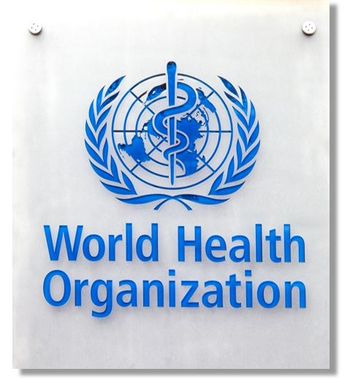
Acute Diverticulitis Growing More Common in Younger Patients
BALTIMORE -- Acute diverticulitis is not as rare an occurrence in younger adults as commonly believed, particularly for obese men.
BALTIMORE, Sept. 26 -- Acute diverticulitis is not as rare an occurrence in younger adults as commonly believed, particularly for obese men.
Half the patients diagnosed with acute diverticulitis by CT in an urban medical center were younger than 50 and one fifth were 40 or younger (53.8% and 21.2%, respectively), according to a study published in the September issue of the American Journal of Roentgenology.
"Traditionally, acute diverticulitis has not been considered in the differential diagnosis of abdominal pain in young patients, so it is important that radiologists understand the changing nature of this common disease," wrote Eram Zaidi, M.D., and Barry Daly, M.D., both of the University of Maryland Medical Center in Baltimore.
Five of 104 (4.8%) patients were between the ages of 20 and 30. Previous estimates of the percentage of patients younger than 40 with diverticular disease ranged from 2% to 5%, the authors noted.
The researchers found that the patients younger than 50 were more likely to be overweight or obese by CT measurements of sagittal abdominal diameter (mean 27.0 cm versus 25.6 cm, P=0.05). Abdominal obesity was present in 85.7% of the younger group and 77% of the older group.
Younger patients were also more likely to be men (63.6%), which is consistent with the findings of other studies, the Drs. Zaidi and Daly noted.
While some recent studies have suggested that younger patients are more likely to have more severe disease, the study refuted an increase in more aggressive disease in this group. Only slightly more patients under the age of 50 were managed surgically rather than medically compared with patients 50 or older (29.2% versus 26.8%). Furthermore, the rate of complications including stricture and colon perforation was slightly lower in the younger group of patients (58% versus 69%).
"Our experience suggests that although acute diverticulitis in younger patients appears to be increasing in frequency, most cases initially can be treated successfully without surgery," the investigators wrote.
The study included 55 men and 49 women (age range 22 to 88 years; mean age 52.2 years). The most common presentation was abdominal pain (89%).
No significant age differences were seen between the two age groups for hospital admission (90 patients, 86.5%), medical therapy (76 patients, 73.1%), or surgery or percutaneous abscess drainage (28 patients, 26.9%).
Twenty-two patients had multiple previous diverticulitis attacks, of which 13 were 50 or younger and nine were older than 50. As the medical center has large cancer and organ transplant programs, 12% of patients overall were immunosuppressed, with nine patients on antirejection therapy and four on chemotherapy.
Interestingly, although these patients are more prone to infection, CT findings were not more severe compared to the overall group and complications seen on CT were no more common (31% versus 36% of the overall group). The explanation may be that "immunosuppressed patients with abdominal pain or fever are more likely to be examined early with CT and treated with broad-spectrum antibiotics," the researchers wrote.
The authors acknowledged that the findings applied to a single center in an urban area and that suburban and rural areas may have less obesity and greater use of high-fiber diets that may result in different patient population characteristics.
One study of 248 cases in a rural population confirmed the association with obesity and another urban study recently found that 72% of patients with acute diverticulitis were younger than 50.
"Although this evidence is limited, it suggests that our results may be reproducible elsewhere given the ubiquitous dietary patterns throughout the United States," the authors wrote.
High-fat, low-residue, fiber-deficient diets may be possible causes of the increasing frequency of acute diverticulitis in younger, urban dwellers, they postulated.
Newsletter
Enhance your clinical practice with the Patient Care newsletter, offering the latest evidence-based guidelines, diagnostic insights, and treatment strategies for primary care physicians.
















































































































































































































































































